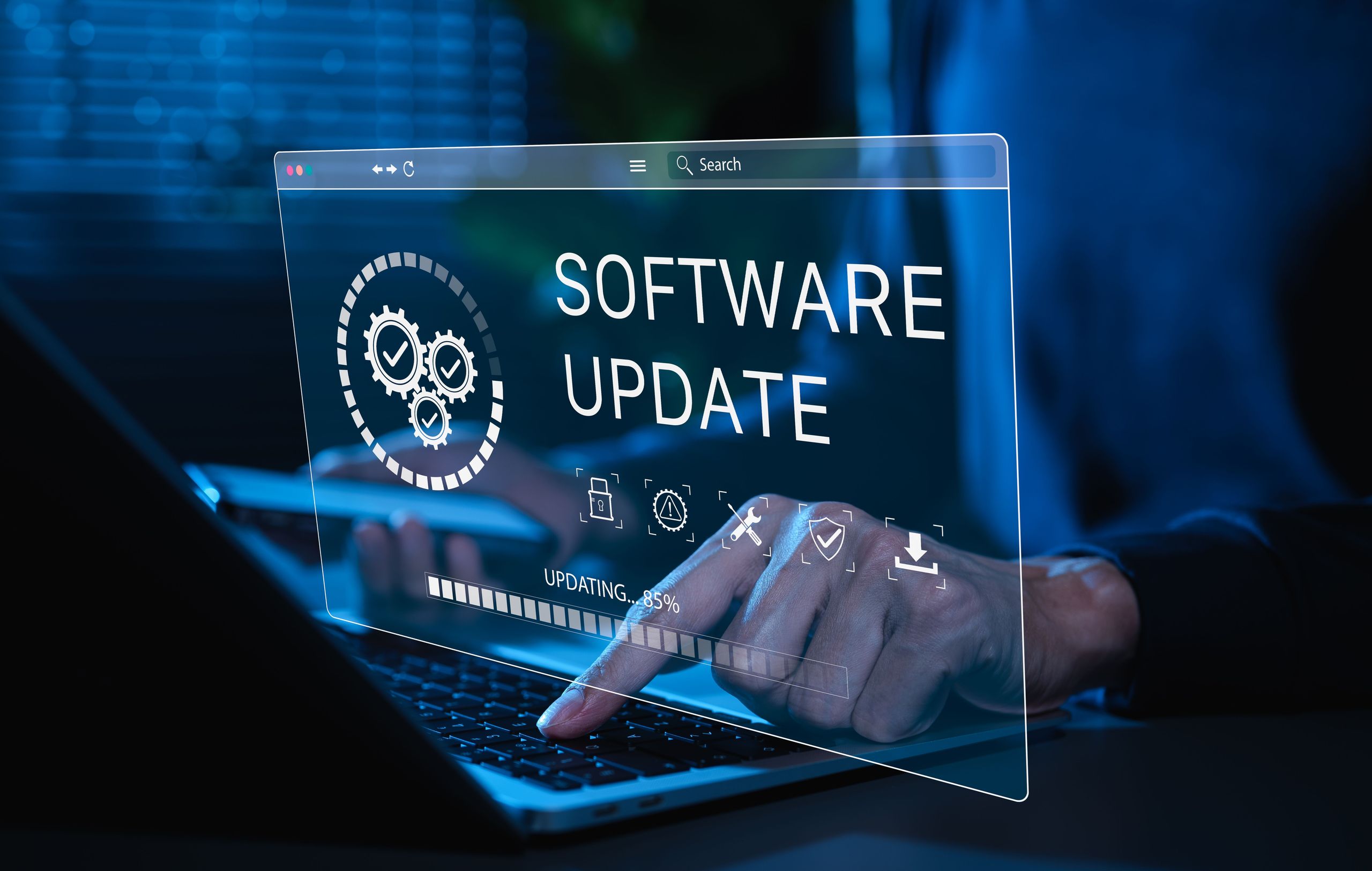In today’s evolving regulatory environment, businesses across all industries are under increasing pressure to demonstrate their commitment to data protection, security, and operational integrity. A critical part of this process is the IT compliance audit. Whether mandated by law, industry regulation, or internal governance, these audits ensure that your IT infrastructure and practices align with applicable standards. This guide outlines a step-by-step approach to help your business get audit-ready, avoid penalties, and maintain customer trust.
Step-by-step Approach to Help Your Business Get Audit-Ready
Step 1: Understand the Relevant Compliance Standards
The first step in preparing for an IT compliance audit is identifying which regulations apply to your business. These may include:
- HIPAA (for healthcare organizations)
- FINRA (for financial services)
- CJIS Security Policy (for justice/law enforcement entities)
- PCI DSS (for businesses that process payment cards)
- NIST 800-53 or ISO 27001 (for general cybersecurity controls)
If you’re unsure which standards are relevant, an IT compliance specialist can help assess your obligations based on your industry, geographic location, and business operations.
Step 2: Conduct a Risk Assessment
An audit is designed to evaluate your level of risk and how well your current policies mitigate it. Conducting an internal risk assessment before the official audit allows you to:
- Identify vulnerabilities in your systems
- Prioritize areas needing immediate attention
- Document existing mitigation strategies
A thorough assessment covers both technical (e.g., firewalls, access controls) and non-technical aspects (e.g., employee training, physical security). Document everything.
Step 3: Review Policies and Procedures
Auditors will expect your organization to have formalized and accessible policies that govern IT practices. These should cover:
- Data access and user authentication
- Incident response plans
- Disaster recovery and business continuity
- Data retention and destruction
- Software and hardware lifecycle management
Ensure policies are updated, align with current regulations, and are actively followed within your organization. A documented policy that’s never practiced is a red flag for auditors.
Step 4: Organize Documentation
Prepare a comprehensive set of records to present during the audit. These may include:
- Network diagrams and inventory lists
- Change logs and system updates
- Logs of security incidents and remediation steps
- Access control lists and permission audits
- Training records and compliance certifications
The more complete and organized your documentation, the smoother the audit process.
Step 5: Train Your Staff
Compliance isn’t just a technology issue – it’s a people issue. Auditors may interview employees to assess their understanding of security protocols. Ensure:
- All staff complete regular compliance training
- Employees know how to report suspicious activity
- IT teams understand the specific audit requirements and expectations
Provide role-specific training where needed, and keep records of who was trained, when, and on what topics.
Partner with the experts at In-Touch IT to get audit-ready with confidence. From internal assessments and policy reviews to proactive security measures, our tailored IT solutions simplify compliance and help you meet regulatory standards with ease — before the auditors arrive.
Step 6: Test Your Systems
Before the audit, conduct internal tests of your systems and processes. This could include:
- Penetration testing or vulnerability scans
- Simulated phishing exercises
- Testing your incident response and disaster recovery plans
These tests not only identify weaknesses but also demonstrate to auditors that your organization takes security seriously and engages in continuous improvement.
Step 7: Assign Roles and Responsibilities
A successful audit requires coordination across departments. Appoint a compliance lead or audit coordinator who can:
- Serve as the main point of contact for auditors
- Collect and organize audit materials
- Communicate requirements and timelines to internal stakeholders
Also, assign backups in case of staff turnover or scheduling conflicts.
Step 8: Conduct a Pre-Audit Review
Before the actual audit, consider hiring a third-party IT consultant (like In-Touch IT) to perform a mock audit. This helps:
- Validate your documentation and policies
- Identify areas needing improvement
- Reduce stress and uncertainty when the official audit begins
Pre-audits can also help benchmark your compliance maturity and readiness.
Step 9: Maintain an Audit Trail Year-Round
Rather than scrambling to gather documents right before an audit, adopt a “compliance-first” mindset. Maintain an audit-ready posture all year by:
- Automating data collection and logs
- Keeping documentation up to date
- Scheduling periodic policy reviews and staff training
Regular internal reviews prevent surprises and ensure continuous compliance.
Step 10: Partner with Experts
Regulatory landscapes are evolving fast. Staying compliant requires expert support. Partnering with a managed IT services provider like In-Touch IT means you can:
- Get expert guidance on current and future compliance requirements
- Automate routine tasks like backups, updates, and access controls
- Receive 24/7 monitoring and support to minimize risk
Our team is trained in frameworks like HIPAA, CJIS, and NIST and can help streamline your audit process.
Ready for Your Next IT Compliance Audit?
Whether you’re preparing for your first audit or looking to improve your readiness for future reviews, In-Touch IT can help your business stay secure and compliant.




